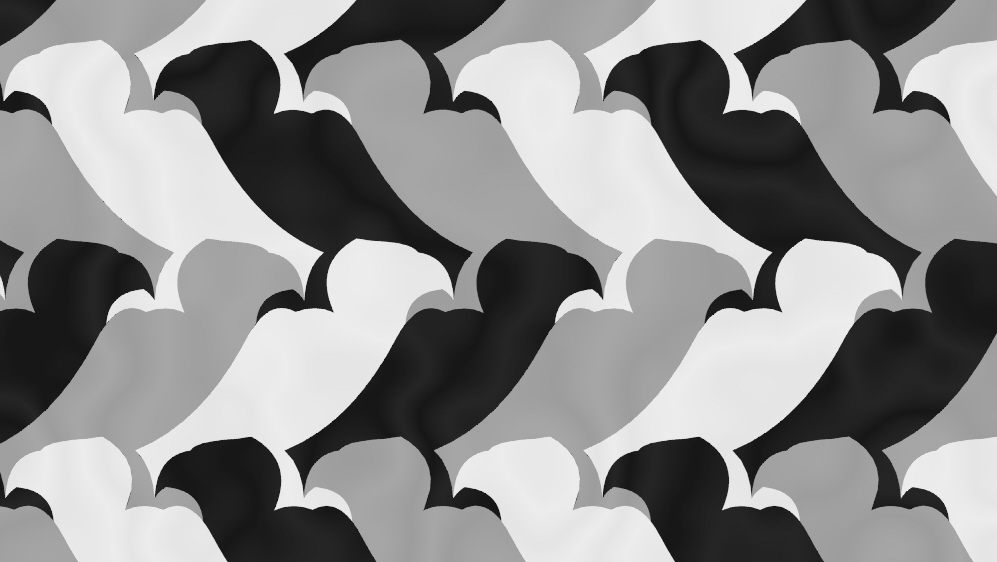


There have also been various tessellations found in Roman, Persian, Egyptian, Arab, Japanese, and Chinese art and architecture. This practice of using tessellations in sacred places later spread into Moor and Christian artwork. There are also tessellations that we can see in Greek and Muslim architecture, especially in their temples. Others claim to have found tiling pieces along the Nile River that date back between 12,000 and 18,000 years. These people would use clay tile patterns to create decorative features in their homes. What we do know is that they been traced as far back as the Sumerian civilization in 4000 B.C. No one is quite sure where tessellations first originated. These repeats can be either in shape, color, or both. When talking about the mathematical component, she goes on to say that mathematically, " tessellations are recognized as coverings of a plane or surface without any gapes in the ' tiling '." When we combine these two ideas, we recognize that we have a two-dimensional surface that has some sort of pattern or repeated shape which leaves no gaps. Robinson (2019) defines these as "shapes, patterns or figures that can be repeated to create a picture without any gaps of overlaps" when referring to the artistic side. They have slightly different definitions whether you're talking about a mathematical or artistic standpoint. What were these marvelous artistic patterns? How did they come to be? It's an interesting feeling you've never quite experienced before. The vibrant colors, simple yet intricate shapes, and soothing repetitious pattern both astound and calm you. You can't help but wonder, who created these patterns and why they chose to make them the way they did. Next, walking around the property you admire all the intricately designed carvings on the various columns and panels. The first thing you notice is the interesting tile pattern on the floor. Picture yourself in Northern Africa, on a tour of one of the mosques.


 0 kommentar(er)
0 kommentar(er)
